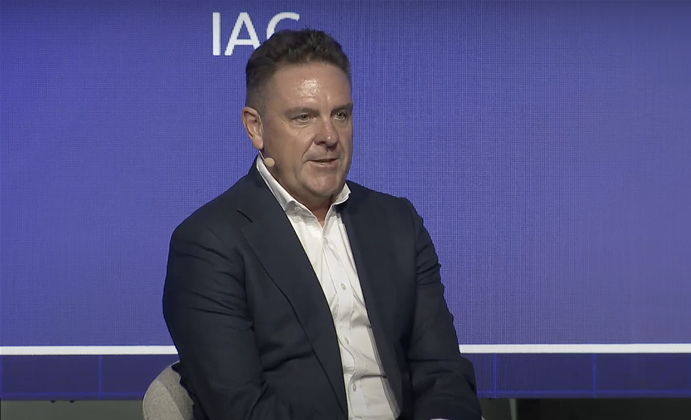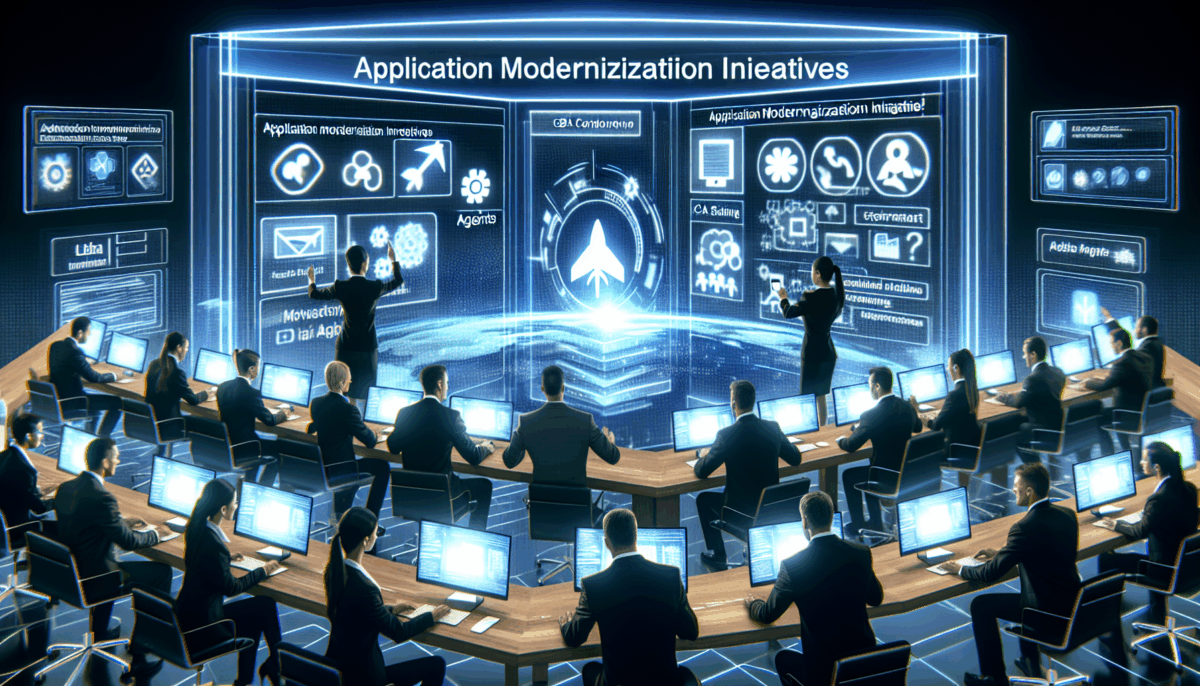US Legislators Call for Openness Regarding Licensing Assessments for Nvidia H200 Chip Transactions with China
We independently review everything we recommend. When you buy through our links, we may earn a commission which is paid directly to our Australia-based writers, editors, and support staff. Thank you for your support!
Quick Read
- US legislators call for transparency regarding Nvidia H200 chip transactions with China.
- Trump permits Nvidia H200 chip transactions with China with a 25% tariff.
- Possible reversal of Biden’s prohibition on sales of advanced AI chips to China.
- Worries about China’s tech and military progress.
- Nvidia aims to deliver H200 chips to China by mid-February.
US Legislators Call for Transparency on Nvidia H200 Chip Transactions with China
Trump’s Updated Policy on Nvidia H200 Chip Transactions
In a major policy change, President Donald Trump has declared the approval for the sale of Nvidia’s H200 chips to China, contingent upon a 25% government fee. This decision stands in stark contrast to the former Biden administration’s prohibition on advanced AI chip sales to China, driven by national security issues.
Legislators Demand Transparency
Senator Elizabeth Warren and Representative Gregory Meeks have urged the US Commerce Department to disclose specifics of the licensing reviews related to these transactions. They stressed the necessity for transparency, requesting that all license applications be made public and that approved licenses be communicated within 48 hours of their approval.
Concerns Regarding National Security
The legislators conveyed their concerns about the military capabilities of the exported chips and their implications for US economic and national security. Warren has previously insisted on Nvidia CEO Jensen Huang testifying before Congress, underlining the dangers of furthering China’s technological and military supremacy.
Potential Repercussions for the Chip Industry
This new allowance for sales may have significant implications for the global chip market, potentially influencing the demand for chips produced in China. Nvidia is set to begin shipping the H200 chips to China by mid-February, catering to initial orders from existing inventory.
Conclusion
The recent approval to sell Nvidia’s H200 chips to China has ignited calls for transparency from US legislators. With possible ramifications for national security and a departure from prior administration policies, this situation represents a pivotal topic of conversation in the technology sector.














